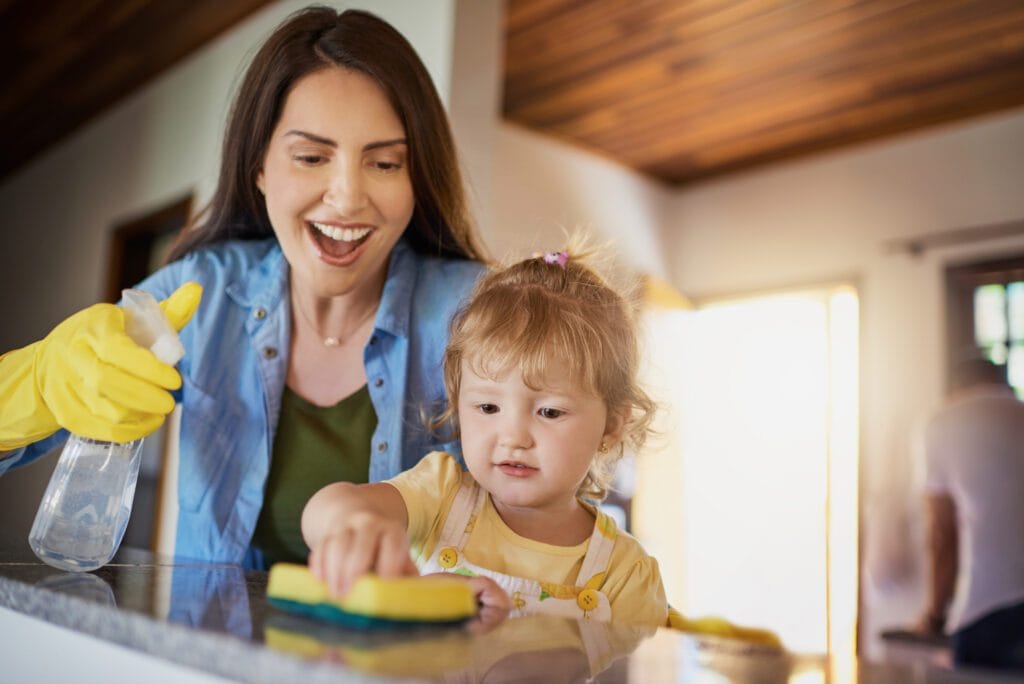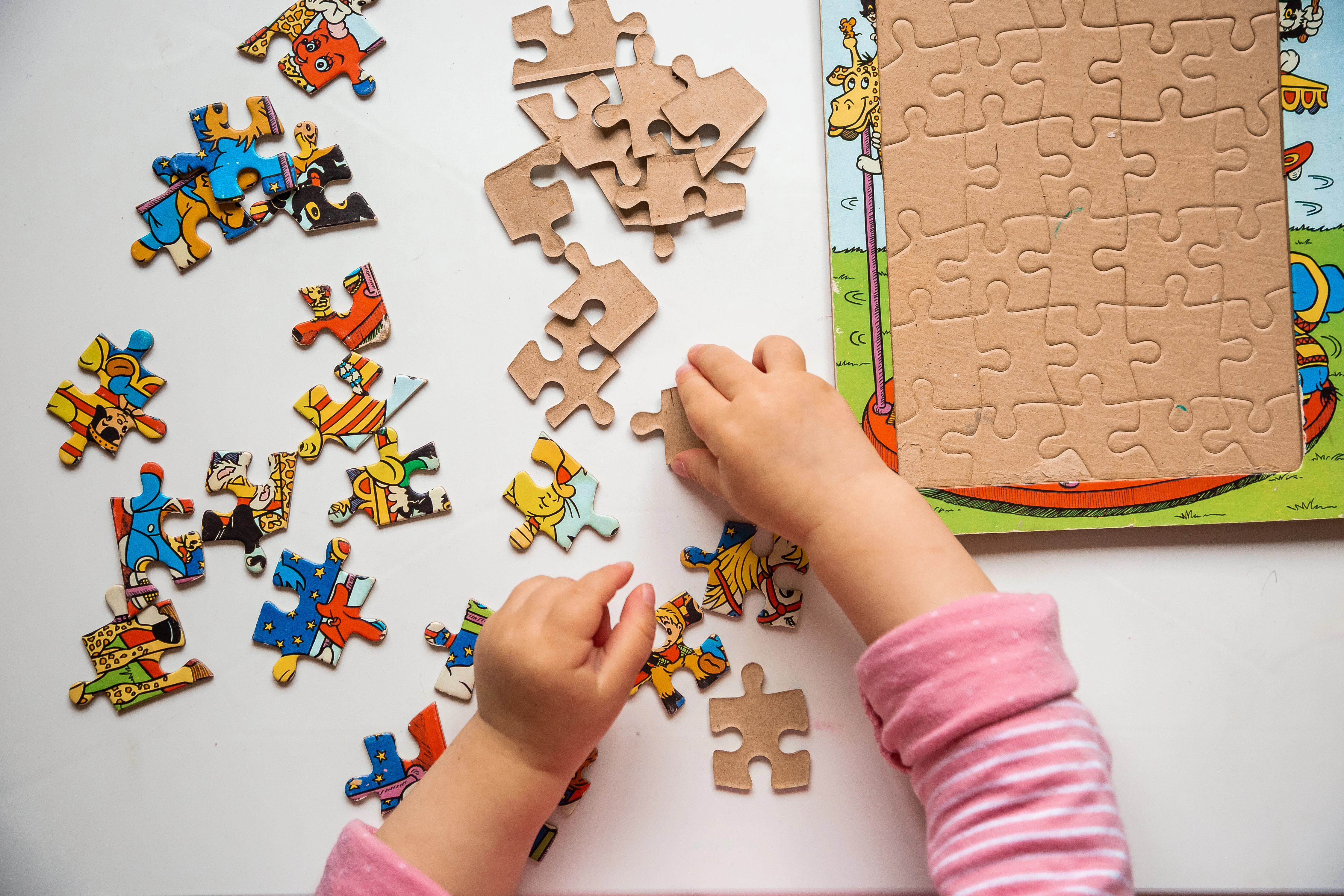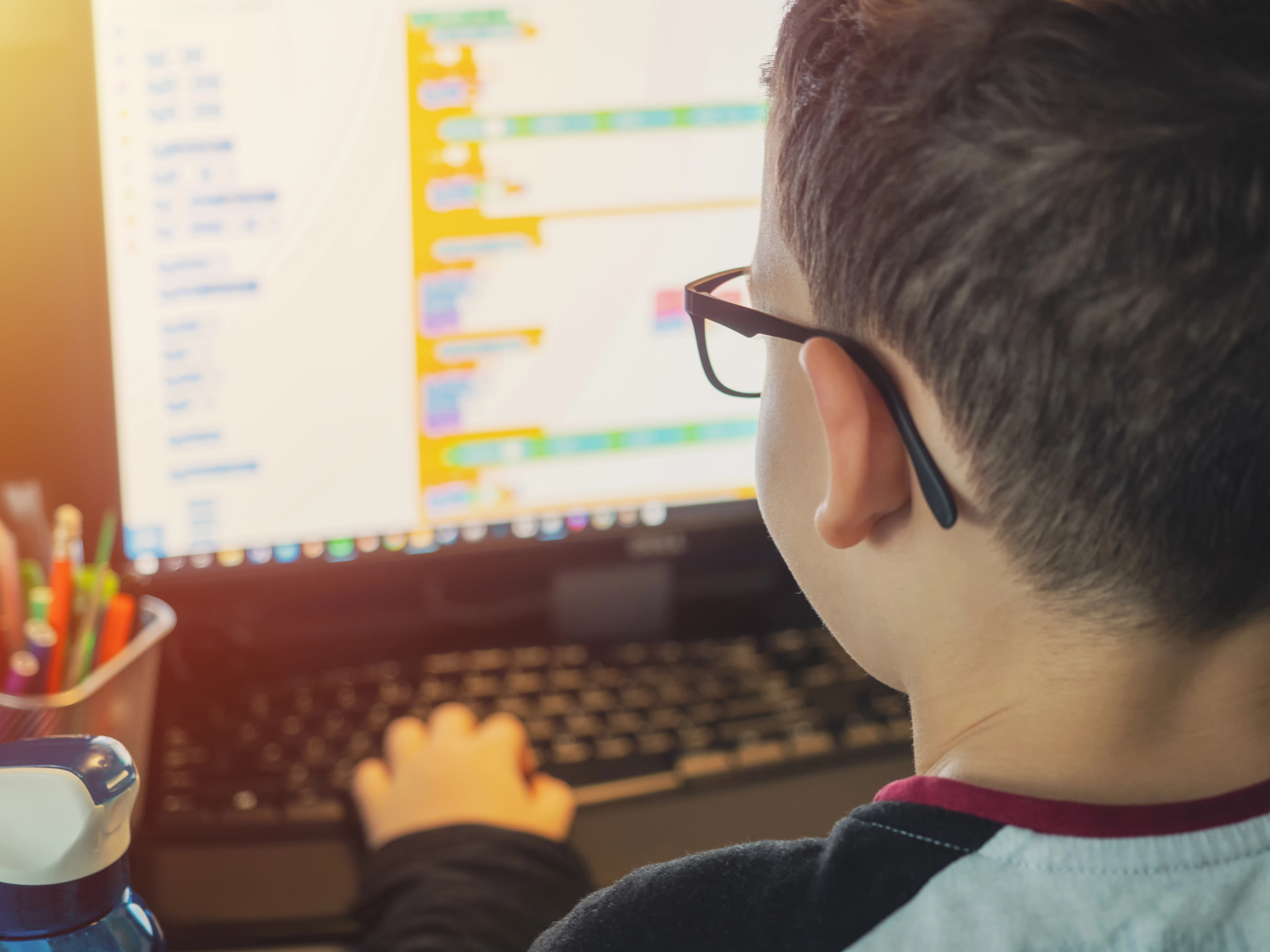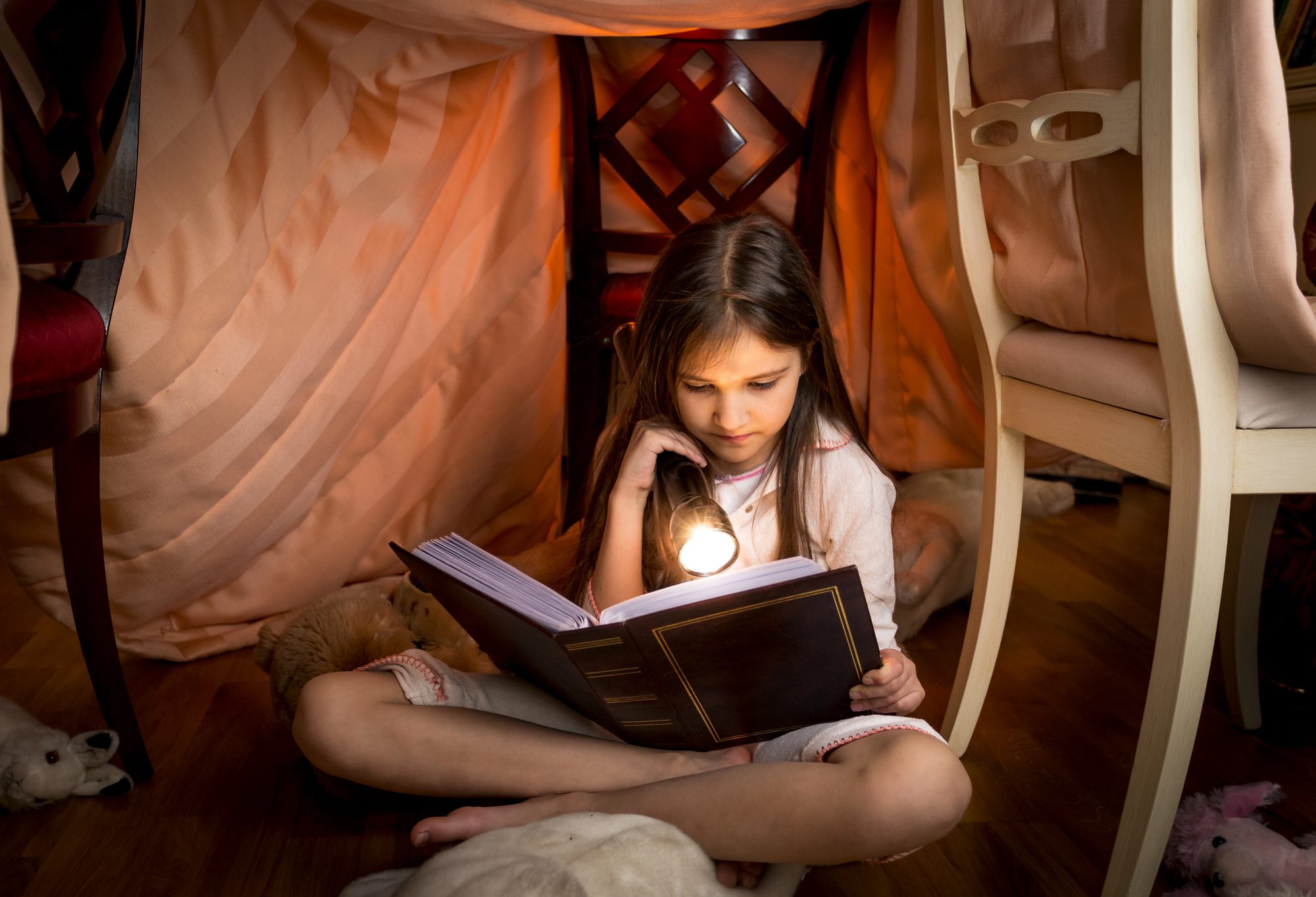Looking for indoor winter activities for kids that won’t break the bank? I got you! Whether it’s winter break or a chilly Saturday in January, these ideas will keep the whole family entertained.
This list focuses on things you can do at home. Be sure to also check out this list of 51 fun indoor places to go with kids for those days when you need to get out!
Cheers to memorable family fun!
Some of the coziest memories can be made in the kitchen! Plus, when you have free time over winter break, it’s easier to find the time to cook and bake with kids. I love the opportunity to slow down and teach them kitchen skills they’ll need for a lifetime. While of course you’ll need to pay for ingredients, you’ll also end up with something edible. And you’ve got to eat!

- Bake snacks – start with something like muffins or a simple bread. Once you master that, try something like homemade crackers, homemade goldfish, homemade granola bars, or homemade fruit leather. Think about looking for freezable recipes to stock up the freezer with snacks.
- Have a taste test — compare varieties of something you like to eat to find your favorite. My family likes to do this with different varieties of apples, but you could do anything from barbecue sauces to ice cream to cheese. You can simply taste them; make up a scorecard; or have a blind comparison.
- Have the kids plan dinner — depending on their ages and abilities, this might involve any combination of coming up with the idea for a main dish and sides, making a grocery list (with a budget, if you like), chopping and measuring ingredients, and actually using the stove.
- Make treats for friends — bake cookies or another treat and divide them up – perhaps making an activity out of decorating bags. Then deliver the treats to friends and family as a holiday gift or just for fun. As always, make sure you know of any allergies in advance.
- Go through cookbooks together and bookmark recipes you want to try. Then work through the recipes or plan them for throughout the year. To some this is sacrilege, but I like to take notes in my cookbooks about how the recipe turned out, any changes I’d make, etc. Honestly, my 6-year-old enjoys me just reading cookbooks out loud to her like a storybook.
- Have a tea party – go “play” version and gather the stuffed animals around a picnic blanket, or dial up the fanciness and make real tea, cucumber sandwiches, and scones for the occasion.
- Make homemade hot cocoa and enjoy it while reading or doing a puzzle.
- Make something from scratch together that you’ve never tried to DIY before, like pizza, sushi, pasta, pickles, ice cream, hummus, peanut butter, etc.
- Play “Chopped” like the TV show – you can work together or break into teams. Start with a basket of ingredients and come up with a way to use those plus additional ingredients to make a dish.
Make household tasks the fun activity
Just because it’s housework doesn’t mean it can’t be fun! Engage your kids with the things you have to do anyway, and maybe they’ll even learn something along the way.

- Go through closets and dressers and weed out clothes that don’t fit. This can even become a sort of fashion show if they try things on. Make a list of what each kid needs – don’t forget outerwear, shoes, and specialized items you know they’ll need for extracurriculars like cleats and dance leotards. For anything they’ve outgrown, sell, donate, or share in your Buy Nothing group.
- Organize a drawer or closet together, aside from clothes. You know your kid and how this will go over, but hopefully you can find a way to get something done and have fun. My 6-year-old recently enjoyed testing all the pens and markers in the house and throwing away the dead ones. My 8-year-old likes sorting labeling things with tape and sticky notes. For anything you don’t need that’s in good condition, sell, donate, or share in your Buy Nothing group. (Can you tell I like Buy Nothing? Not to brag but I am a “Top Contributor” in my neighborhood’s Facebook group. It brings me joy to share our stuff.)
- Scrub the kitchen appliances, furniture, windows, or whatever needs cleaned. I definitely cannot guarantee this will go over well. But my kids, for whatever reason, love scrubbing stuff down. Or try dusting or mopping. Try to approach it like an activity you’re going to do together, and not as a chore that you’re assigning. Stay upbeat and the kids are more likely to, too.
- Similarly, clean toys with toothbrushes or sponges and soapy water — I’m sure our Little People and Legos wouldn’t mind a bath. This can be a combo cleaning session and sensory bin.
- Work on any sewing or mending that needs done – start teaching your kids these skills at a level appropriate to their dexterity. Start with some practice stitching, and then fix any holes or lost buttons on your clothes.
- Fix things around the house – have a leaky faucet, clogged drain, hole in your drywall, issue with your dishwasher, or other home repair task you need to take care of? Get the kids involved (and bring your patience). For me, this usually starts with a video call to my dad or watching a YouTube tutorial, then we’ll gather supplies or head to the hardware store, and then tackle the project.
- Paint a piece of furniture – give it some extra life or just have fun as a creative project. For many years I used a desk chair that my dad had let me decorate with leftover spray paint.
Play games that don’t need any supplies
There are plenty of games and activities you can play with kids that don’t require any supplies at all! Games you can play with only a writing utensil and paper are in this category, too. Many of these are great to learn at home, and whip out to pass the time in the car or while waiting in line somewhere, too.
- Hide and seek – a classic! Make sure to wander around pretending not to be able to find your kids for a while before you “find” them.
- Simon says – best with at least 4 players, but try with 2 or 3 if that’s all you have.
- Stinky pinky – this is a game where you make up rhyming pair riddles. It entertained my 6- and 8-year-olds in the car for an hour. One person thinks of a pair of rhyming words. Then they give a clue for their words, avoiding using their secret words. For example, if the rhyming words are “look” and “book”, you might give the clue, “I say this in a library when I see the thing I want to read.” Or for “freeze” and “cheese” the clue could be “I accidentally got my cheddar too cold.” Some of my favorite clues are the ones my kids made up that don’t really make any sense.
- Twenty questions – another guessing game kids love. Make sure to ask whether it’s bigger than a bread box.
- I Spy – have fun looking for items around the house or out the window.
- Going on a picnic – this is a guessing game where one player thinks of an imaginary rule, such as only yellow items can go on the picnic, and other players suggest items to bring on the picnic to try to figure out the secret rule. Learn the full rules here.
- Would you rather – my 8-year-old LOVES would you rather. Think of two scenarios and pose them to the group, and everyone must choose one. For example, “would you rather eat only your favorite food from now on, or never eat your favorite food again?” Or as the aforementioned kiddo recently posed, “would you rather eat a sandwich that’s been run over by a car, or sleep in mud for a night?” Arguments and justifications ensue.
- Homemade “Telestrations” – this is sold as a board game, but you can play with just paper and pens. Everyone starts with a piece of paper. Write a sentence at the top of the paper, then pass to your left. Now, illustrate the sentence. Then fold the paper so only the drawing shows and pass to the left. Now, write a sentence describing the paper. Keep going until your papers are full, then unfold and reveal how it changed.
- Tell a story around a circle – in a similar manner to above, tell a story while sitting in a circle. On their turn, each person adds one sentence to the story.
- Word association – another simple one…that can have unexpected results with small children! Think of a random word and say it. The next person in the circle says whatever word comes to mind when they hear it. Continue around the circle. No repeats allowed!
- Are you there, Moriarty? – when I was in high school, a friend found an old book of parlor games and we tried them out. We took to playing this one in the school lobby. Note that you do need to thwack each other with a newspaper (or whatever non-injurious object you have on hand, which in high school was often a flip-flop), so proceed with caution…here’s how to play.
- Advanced versions of Rock, Paper, Scissors – you’ve played rock paper scissors. How about RPS-5, RPS-7, RPS….101? Learn them here. If that website looks old, that’s because I also learned these variations there back when I was in high school in the mid-aughts. My kids like to invent their own versions (with 3-5 options), too.
- Chopsticks hand game – yet another from my high school days, but easy enough for kids of all ages. All you need to play are your hands and some basic counting skills. Here are instructions on how to play.
- Questions only – this is a classic improv game. To play, all you need to do is answer every question with another question. If you answer with something other than a question, you’re out. You also can’t repeat back the same question you were just asked. More details here. Once kids start playing this, do you think they’ll ever stop? If they don’t, is this something you can live with forever? Is it driving you crazy yet?
- Mind meld – the goal of this time is for two people to say things together until they say the same word. On the count of three, both players say a random word. Then they count down again, and this time, try to state a word associated with both of the first two words. Continue until they say the same word at the same time. More details here.
Winter activities that use stuff you already own

For this section, we’re going to focus on using items you already own, so make your own list based on what you have at home.
Once you play through your stash, you can also look for similar items for free near you. I recommend looking for free items through Buy Nothing, Freecycle, giveaway Facebook groups, Facebook marketplace listings for free, Craigslist, or Nextdoor to find new activities. (And to give away anything you have and aren’t using!) Some of these groups are open to posting requests, too.
- Play board games – we have a ton of board games, but we usually only play our 2-3 favorites. This summer will be a great time to try the rest.
- Learn card games – the list of games you can play with a deck of cards is longer than this entire activity list! Start with the basics like War, Go Fish, Rummy, Spoons, etc. Then work through new games. Here’s a great list.
- Do puzzles – work together to finish one in one go, or set up a puzzle table to work on over time.
- Use play-doh or kinetic sand or whatever other “sensory” items you have.
- Play with toys you haven’t used in a while – Dig up something “old” and make it “new” again, whether it’s a kit or some toy cars you haven’t used lately. While you’re at it, gauge your children’s interest in these older toys and quietly donate anything that doesn’t suit them anymore.
- Do activity books – somehow, we have acquired quite the pile of half-finished kids’ activity books. Pull them out, perhaps ripping out or clipping off with a binder clip any sections that have been completed, and check out the mazes/word searches/sudokus/word scrambles that are waiting for you.
- Paint all of your nails different colors – a few years ago, I weeded through my nail polish and gave a bunch to my younger sister-in-law. Imagine my surprise when she gave my kids a bag of nail polish she was done with…and many of my original colors were still there. It’s time to use up the nail polish! Have fun with it and change it as often as you fancy.
- Balloon bop – there’s something magical about blowing up a balloon and then trying to keep it from touching the ground. I recommend having a few on hand for the event of an untimely pop. You can also do races while holding the balloon between your knees, or come up with challenges like having two kids walk with a balloon between their backs.
- Do the craft kits – do you have any unfinished – or unopened – craft kits? Yeah, me too. I think we have a purse-sewing kit, a window-art kit, and an obscene number of perler beads. Or perhaps it’s not kits, but supplies. Come up with an activity, or let the kids be the inventors of your next craftivity.
- Read the books – whether for your kids that means reading alone, you reading aloud to them, or both.
Activities with screens
We’ll keep the screens contained to their own section, but honestly there are a ton of fun things online to do and learn with kids. Here are some creative indoor activities to do with kids that use technology.

- Visit a museum, virtually – tons of famous museums have virtual tours and videos, allowing you to virtually “visit” for as short or long as you want. The great part is, if a piece or topic interests your kids, you can Google and learn more as you go.
- Learn a new accent from a YouTube video – search “how to speak with a _______ accent” – guaranteed to annoy your friends!
- Make a stop motion movie – no joke, this entertained my kids for DAYS when we were stuck home sick last Thanksgiving. We set them up with one of our phones and Stop Motion Studio and they made several goofy movies with their toys.
- Learn to draw with Mo Willems – this was a pandemic series with Pigeon/Elephant and Piggie/Knuffle Bunny creator Mo Willems, in which he teaches you how to draw some favorite characters and other doodles.
- Learn a dance – try searching YouTube for “dance tutorials for kids” or for a favorite song or artist.
- Do yoga – or “yoga” as I would consider this, but Cosmic Kids Yoga with Jaime is a household favorite here. These videos are fun and get kids moving.
- Check out the National Geographic Kids website to learn about animals, history, science, and more.
- Go into space with the NASA Kids’ Club, a cool source of games and activities to learn about space, science, technology, engineering, and mathematics.
- Learn basic programming with Scratch, a free coding resource with a visual interface to create digital stories, games, and animations.
- Make music with the Chrome Music lab, a fun and colorful website to create and learn music concepts.
Creative activities & make-your-own magic
Time to get those creative juices flowing! Here are some ideas, many of them no-prep, that allow your kids to create or use their imaginations. And sometimes you just have to make it an “event” of your very own.

- Sensory play with snow inside – if you’re lucky enough to get some snow in the winter (I say lucky because the average snowfall in my area of Virginia has fallen drastically since I was a kid!), you don’t have to go inside to play with it. Try bringing in a bin of snow and playing with vehicles, kitchen utensils, or watercolor paint with it.
- Or make your own “snow” – use a bag of cotton balls to have a snow ball fight and make a snow angel inside. Try making a snowball launcher.
- Invent a board game – your mileage may vary with this one because it turns out creating a playable game is pretty challenging, but give it a whirl and have the kids make something up or work on it together. Bonus points if it also involves illustrating cards or constructing pieces out of clay or something.
- Make cards and mail them to friends and family. Everyone loves getting mail!
- Have a paper airplane contest – tons of ideas here. Or just decorate your paper, fold, and fly away.
- Paint rocks – keep them or leave them in a park for someone to find and bring a smile to their face.
- Draw mazes – easy to learn, difficult to master. My kids have started adding “portals” to their mazes: if you run into an orange dot, you can then teleport to the other orange dot elsewhere on the page. It adds a cool dimension and can keep us all occupied for a surprisingly long time!
- Draw a blueprint of your home or an imaginary home. This is great spatial awareness practice. In our house, these often become spy maps.
- Make a map of a fantasy world complete with towns, towers, mountains, and “here be dragons.” This could lead to inventing a story about your new world. Speaking of…
- Write a story. I’ll pull out my laptop and my 5-year-old will dictate to me. She LOVES when I read back her words to her, no matter how many times she has the My Little Pony characters eating cheese tortellini. (True story.)
- Write a letter to a favorite author or other figure your child is familiar with. Tell them how much you love their work and ask a few questions. You never know if you’ll hear back.
- Create and solve an escape room – We did a “real” escape room together as a family, and the kids LOVED it, even though most of the clues were too challenging for them. They were over the moon when my husband created a DIY one in the basement for them, which was essentially a scavenger hunt with little codes and clues they had to solve to find the next clue. Or, look up one of the many printable options you can find online.
- Make up a play – this can be scripted or improv. Costumes and set highly encouraged. If you take a video and then let the kids watch it, you’ve just doubled the time the kids are occupied.
- Create an obstacle course and do it over and over. Add challenges to it over time to incorporate different physical challenges and items from around the house. See how fast you can get.
- Have a scavenger hunt around the house – this could be something that involves no setup, such as finding something of different colors, shapes, etc. Or, have one person create and hide clues that lead to the next stop. Just encourage them to actually finish hiding them before they have you start the hunt…cough, my daughter, cough.
- Learn some simple origami or even how to fold a fortune teller – my 7-year-old loves these. Here’s a good resource for simple origami patterns.
- Use cardboard boxes to create a play house, or on a smaller scale, a dollhouse – or whatever structure your kids’ imaginations can create.
- Turn tissue boxes into skates to skate around the house.
- Learn or make up a spy code and send messages to each other. Here are some simple ones.
- Have a spa day – put on some calming music and look up recipes for DIY foot soaks and face masks. Paint nails…or if you’re brave, let the kids paint yours. Give each other massages, hair styles, makeup, or whatever you fancy. My daughter likes when I pretend to be a spa owner when she takes a shower and I read her all the soap and shampoo details in a soothing voice. She also requested cucumber water!
- Have a dance party – up the ante by getting some glow sticks from the dollar store and turning the lights out. My kids LOVE doing this, and it can be an instant mood changer when you’re stuck in a rut.
- Play with shaving cream – my 6-year-old has loved this since she was a toddler. You can just give them a few squirts to mess with in the kitchen or the bathtub. A few kitchen implements to move it around can be fun. Or, put it in a tray and add some food coloring for a tie-dye sensory activity.
- Build a blanket fort – whether it becomes a place to read, listen to music, or a secret base for stuffed animals or spies, a blanket fort is a simple piece of magic to bring to your living room. Just make sure to specify in advance which pillows and blankets are allowed and which are off limits…
- Create a home movie theater – work together to pop popcorn and pick out other snacks, and draw tickets. Think about whether you can set up seating in a different place in the house from usual, or sit on the floor with pillows instead of on the couch, etc.
- Create a news broadcast – set up a news desk and have the kids role play as news casters, reporting on the weather, family events, or made up stories. Interview peop[le or stuffed animals around the house for their stories. Take videos to record (and if they’re like my kids, watch the video immediately afterward.) If they get into it, they could even turn this into a story.
- Turn your play area into a vet’s office – make your own check-up chart and bring stuffed animals in for a checkup. Use toilet paper as bandages, and collect jars/tubes/empty bottles to use as various medicines.
- Design a museum – whether the exhibits consist of their own art or objects from around the house, let the kids be curators and create labels. Older kids might get a kick out of writing faux-anthropological descriptions of everyday objects. Give tours to each other and take selfies.
- Set up a mail delivery route in your home – my kids love writing notes to be delivered to different rooms. There can be a designated mailperson, or everyone can be one. Make sure to have a mail bag. You can label different areas with addresses. You can even include an ongoing storyline of family members separated by distance and writing by mail, or whatever creative ideas your kids can come up with.
- Have a fashion show – for maximum entertainment value, this could start with creating clothes out of materials from around the house, but it could also use dress-up items or clothes you already have. Then choose a runway (ours is a yoga mat), blast some music, and have them put on a show.
Which activity are you and your kids going to do together next?






